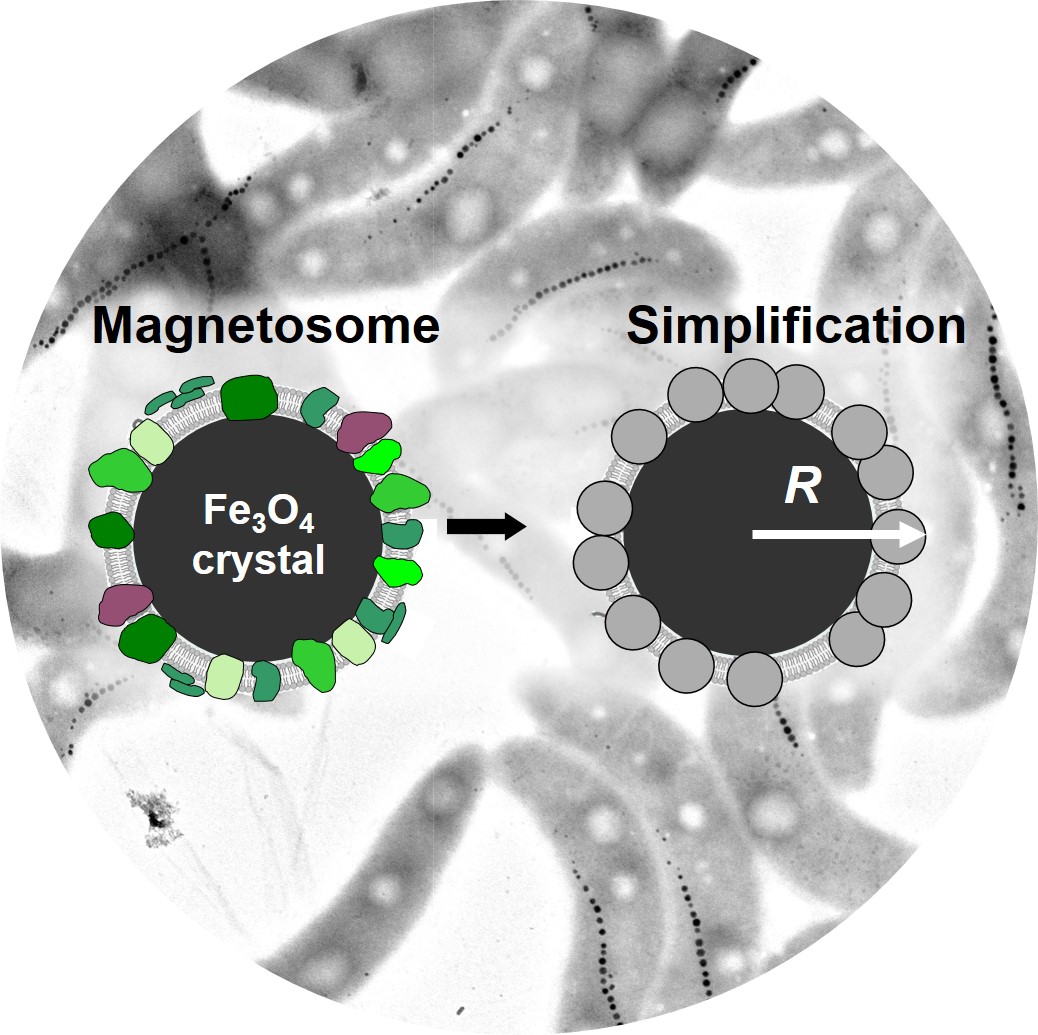News
New publication in Applied and Environmental Microbiology
14th October 2019
Together with the Schüler group (Microbiology, UBT) we have studied the nanostructure and arrangement of biogenic magnetite nanoparticles synthesized by magnetotactic bacteria.

Magnetosomes are membrane-enveloped single-domain ferromagnetic nanoparticles enabling the navigation of magnetotactic bacteria along magnetic field lines. Strict control over each step of biomineralization generates particles of high crystallinity, strong magnetization and remarkable uniformity in size and shape, particularly interesting for many biomedical and biotechnological applications. However, to understand the physicochemical processes involved in magnetite biomineralization, precise and permanent monitoring of particle production is required. Common techniques such as transmission electron microscopy (TEM) or Fe measurements only allow for semi-quantitative assessment of the magnetosome formation without routinely revealing quantitative structural information. In this study, lab-based small-angle x-ray scattering (SAXS) is explored as a means to monitor the different stages of magnetosome biogenesis in the model organism Magnetospirillum gryphiswaldense. SAXS is evaluated as a quantitative stand-alone technique to analyse the size, shape and arrangement of magnetosomes in cells cultivated under different growth conditions. By applying a simple and robust fitting procedure based on linearly aligned spheres, it is demonstrated that the SAXS datasets contain information on both the diameter of the inorganic crystal and the protein-rich magnetosome membrane. The analyses reveal a narrow particle size distribution with an overall magnetosome radius of 19 nm in Magnetospirillum gryphiswaldense. Furthermore, the averaged distance between individual magnetosomes is determined, revealing a chain-like particle arrangement with a center-to-center distance of 53 nm. Overall, these data demonstrate that SAXS can be used as a novel stand-alone technique allowing for the at-line monitoring of magnetosome biosynthesis, thereby providing accurate information on the particle nanostructure.
Read more about this project here.
